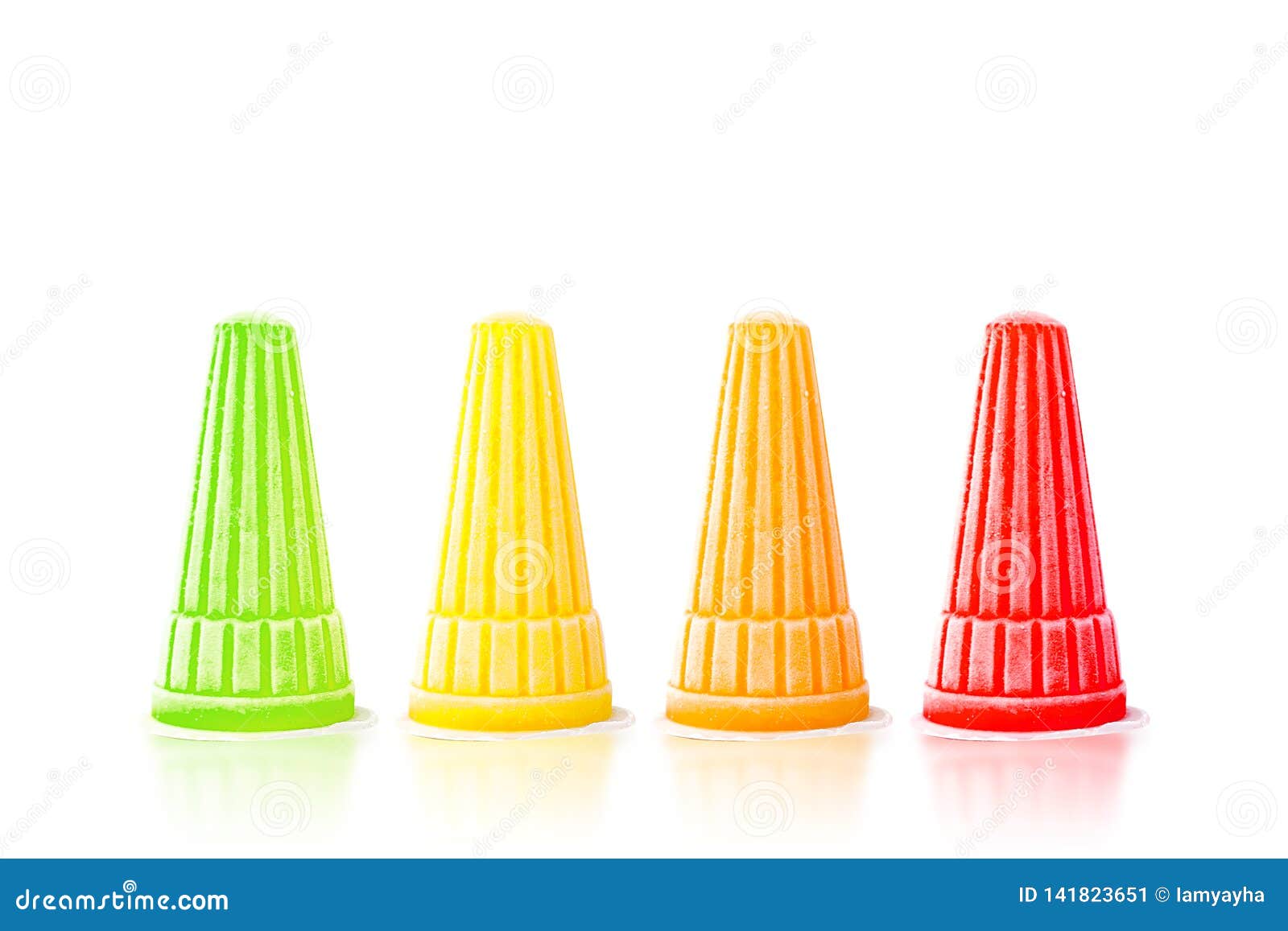

In addition to its gelling properties, gelatin also has a neutral flavor and odor, which makes it an ideal ingredient for candies. This property allows candy manufacturers to create a wide variety of shapes and textures, from soft and chewy gummies to firm and bouncy jelly beans. As the solution cools, it solidifies and forms a gel-like substance. When gelatin is mixed with water and heated, it dissolves and forms a solution. One of the main reasons why gelatin is used in candies is because it has gelling properties. It is a versatile ingredient that is used in many different types of food products, including desserts, soups, and sauces. Gelatin is a protein that is derived from animal collagen, which is found in connective tissues, bones, and cartilage. It is used to give these treats their signature texture and shape. Gelatin is a common ingredient in many types of candies, including gummy bears, marshmallows, and jelly beans. Read More What is the Hershey's Kiss Paper Wrapper Called? Why is Gelatin Used in Candies? Fish gelatin is a popular alternative for those who do not consume meat products. Pork gelatin is the most commonly used type in food products, while beef gelatin is often used in pharmaceuticals and supplements. There are different types of gelatin available in the market, including pork gelatin, beef gelatin, and fish gelatin. It is often used in food products as a thickener, stabilizer, and emulsifier, and it can also be used to clarify beverages. Gelatin is a translucent, flavorless substance that is soluble in hot water and forms a gel-like substance when cooled. It is commonly used as a gelling agent in food products, such as candies, desserts, and marshmallows, to give them a chewy texture. Gelatin is a protein that is derived from collagen, which is a natural protein found in animal skin, bones, and connective tissues. If you are one of them, keep reading to find out which candies to avoid and which ones to choose instead. However, gelatin is not suitable for everyone, and some people may want to avoid it for various reasons. It is commonly used in candies to provide a chewy texture and to help them keep their shape. Gelatin is a protein obtained from the collagen of animal bones, skin, and connective tissues. In this article, we will explore which candies have gelatin and provide you with some alternatives to enjoy. If the iris is damaged as you remove the eyeball from the egg holder, use your fingertip to gently push it back into place.Are you a candy lover who is looking for gelatin-free options? It can be difficult to know which candies contain gelatin, especially if you are a vegetarian or have religious dietary restrictions. The vodka veins settle into the surface of the eyeball, so I recommend creating these as close to the act as possible. Dip the tip of a tiny paintbrush into the mixture and carefully paint veins onto the eyeballs by drawing curved lines from the bottom of each gummy into the center of the iris. In a small mixing bowl, combine the vodka and red food coloring. Place the gummy eyeballs onto a serving platter. To remove the gummies, gently push each eyeball with a fingertip until loosened from the egg holder. Return the egg holder to the freezer for 30 minutes more, until the gelatin is set. Remove the egg holder from the freezer and carefully spoon about 2 teaspoons of the coconut mixture into each eye until the chocolate chip is covered. Allow this mixture to cool for about 5 minutes, so that you do not melt the pupil and iris. Pour the hot milk into the cool gelatin mixture and whisk until the gelatin is dissolved completely. Heat the remaining 1/2 cup coconut milk in the microwave for 1 minute, until hot.
Tiny gelatin candy bals free#
Add the confectioners' sugar and whisk until the mixture is free of lumps. Meanwhile, mix the remaining packet of gelatin with 1/4 cup cold coconut milk in a small bowl. Place the egg holder into the freezer for 30 minutes, until the blue is set.

Using a pipette or eyedropper, drop 3 to 4 drops of blue gelatin around each chocolate chip to form the blue iris of each eye. Pour the hot water into the cool gelatin mixture and whisk until the gelatin is dissolved completely. Heat 1/2 cup water in the microwave for 1 minute, until hot.

In a small mixing bowl, mix 1 packet of gelatin with 1/4 cup cold water, mixing until combined and free of lumps. Place a chocolate chip flat-side down into each hole of the egg holder to form pupils. Lightly spray a hard plastic 12-hole egg holder/carton with nonstick cooking spray.


 0 kommentar(er)
0 kommentar(er)
